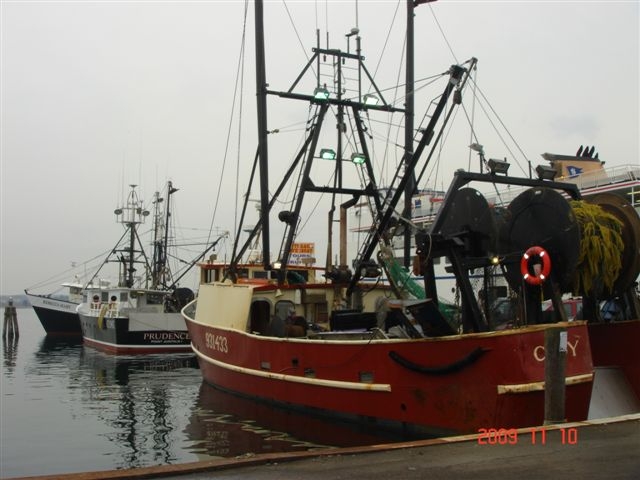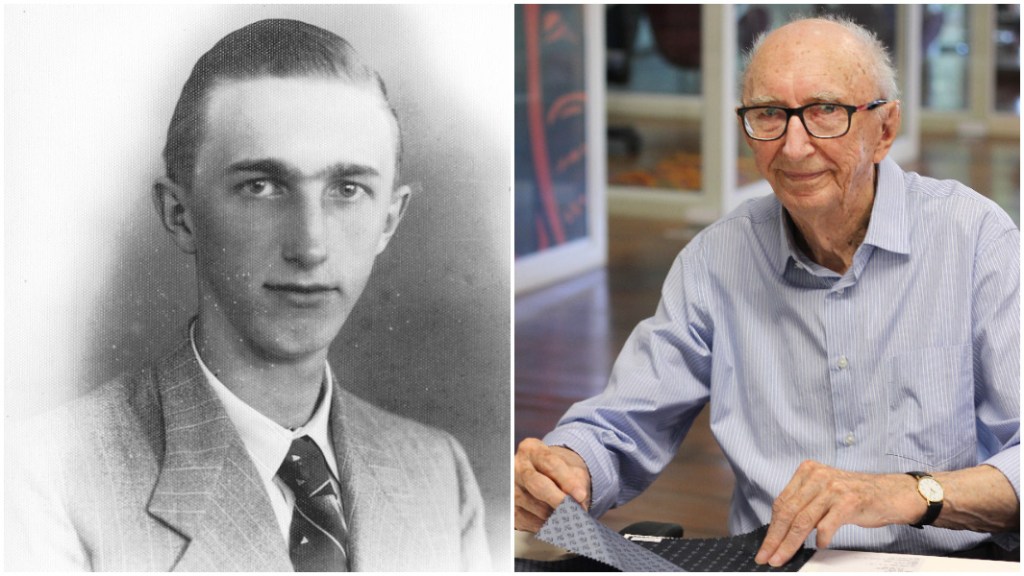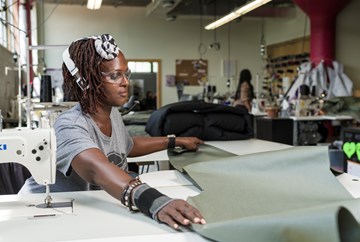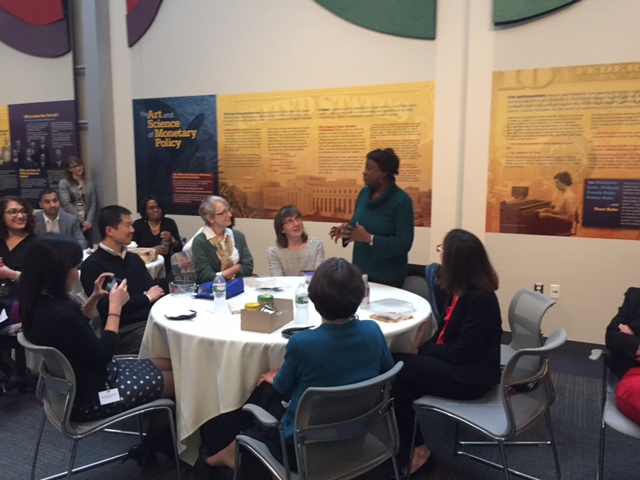
Photos: Suzanne and John’s Mom.
Commercial fishing is recognized as a high-stress job. Land & Sea Together offers a 24-hour help line and free counseling sessions with Coastline, a Rhode Island-based employee assistance program, for farming, fisheries, and forestry workers and their families.
Because I have never lived very far from the Atlantic, I have long known that the people who go out into deep water to catch the fish we buy are doing dangerous work. Fishermen may be injured handling boats in rough seas. Boats may be lost and the crew never seen again. The stress on families can be beyond belief.
That is why I was interested to read in this ecoRi News article that in Rhode Island, at least, help is available for workers in industries identified as especially stressful.
Bonnie Phillips writes, “Workers in Rhode Island’s farming, fisheries, and forestry [FFF] industries struggle with a number of stressors: the impacts of climate change; workforce issues; business and financial concerns; restrictive regulations, and more.
“Until recently, there were few ways workers in these industries — which have long working hours, often in isolation — could access support, whether financial, emotional, or physical. A new initiative, Land & Sea Together, is working to change that.
“ ‘Farmers and fishermen are among the professions most likely to commit suicide each year, and many more folks suffer silently as they tend their crops, equipment, and vessels,’ according to the organization’s website. Land & Sea aims to ‘reduce stress and build mental and financial resilience in the fisheries, forestry and farming communities’ by building a collaborative network of support services.
“The USDA-funded program, operated through the Rhode Island Department of Environmental Management and implemented by the Warwick-based Center for Collaboration and Mediation RI, was started in June 2022 with an initial $500,000 USDA grant. …
“To better understand the communities it wanted to help, Land & Sea put together a comprehensive needs assessment, released last December. For the 90-page report, L&ST studied existing data on the FFF industries in Rhode Island; surveyed individuals working in the industries about stressors; and convened a focus group of workers/owners in the industries. …
“Across the three industries, the main causes of stress were similar: financial management concerns; small-business operations; impacts of climate change; the inability to control the weather; labor shortages; succession planning; lack of access to resources; transportation barriers; housing challenges; longer working hours and increased workloads at peak times; and compliance with government regulations, according to the report. …
“Farmers, who often work where they live, said the lack of separation between work and home can blur the lines of family life, which often results in conflicts. And from spring to fall — the growing season — local farmers are under high amounts of stress, the report says, which can be exacerbated by the weather.
“Those in the fishing industry said heavy workloads, time pressure, lack of support due to isolated working conditions, and climate change were their main stressors. Employers in the fishing, aquaculture, and shellfishing industries reported difficulty hiring reliable workers, some of which they attributed to the lack of public transportation, especially in southern Rhode Island, and the difficulty of keeping employees during the winter. …
“A lack of mental health resources and a reluctance to seek help were identified as an issue across the FFF industries. Some employers, the report said, were unaware of available mental health resources they could offer their employees. Others said the nature of some of the jobs — lack of flexibility in the work schedule, uncompensated time off, and lack of insurance — prevented workers from seeking help. …
‘Most people in sea industries view themselves as a cross between Vikings and pirates, and they do not view themselves as people who need help,’ according to the report. …
“Employers interviewed for the report said they did not think their employees would seek help, and said they especially watch out for signs of concern in their younger employees. …
“Land & Sea offers a 24-hour help line and up to 12 free counseling sessions with Coastline EAP, a Rhode Island-based employee assistance program, for FFF workers and their families. Since the launch of the program in June 2022, [Laurel Witri, former director of the program] said, ’60 farming, fisheries, and forestry workers have called for assistance, receiving 286 hours of support with free outpatient services, financial counseling.’ …
“The free, confidential help line with Coastline EAP is 1-800-445-1195, and support is available in English, Spanish, Portuguese, and Cape Verde Creole. The National Suicide and Crisis Hotline is 988, available by call or text.“
More at ecoRI News, here. This nonprofit highlights environmental stories that often effect the whole country. It has no paywall, but please consider a donation.














